POPE AIR FORCE BASE, N.C. -- Soldiers from the 82nd Airborne Division at nearby Fort Bragg joined forces with the Air Force April 26 to 29 to demonstrate to each other the capabilities their service can provide and help each branch achieve its objectives in a combat or humanitarian environment.
This four-day joint exercise, known as Joint Forcible Entry, is conducted quarterly and offers Soldiers at this centrally located area the opportunity to practice how they can come together and operate in a joint environment.
Each service brings its objective to the exercise. For the Army, it's about mastering their ability to take an airfield or airport in another country and make it usable by the Air Force and other U.S. forces during contingency operations. For the Air Force, it's about moving large amounts of equipment and large numbers of people from one location to another anywhere in the world in a moment's notice and securing a runway for future use.
Since Fort Bragg and Pope Air Force Base are located next to each other, this makes their location ideal for Airmen and Soldiers to train and prepare for any future joint operations.
For the 82nd Airborne Division, the focus of the exercise was to take an airfield or airport. This means leaders need aircraft to move paratroopers and equipment as quickly as possible to any place in the world. Once over their target, airborne Soldiers jump to a destination below them.
"Seizing control of an airfield is a very complex operation, which requires several units with far-ranging capabilities," said 1st Lt. Jason Jones, company executive officer with Company C, 2nd Battalion, 505th Parachute Infantry Regiment at Fort Bragg. "For our unit, we learn to quickly assemble as a company and destroy any enemy in a specific location to prevent them from affecting airfield operation and keep delivery of supplies coming into that particular location."
The "seizing control of the airfield" portion of this exercise entails Soldiers and Airmen conducting nighttime air drops. During the jump, more than 800 Soldiers parachuted over their landing zone to "take an enemy airfield," and completed their mission and the exercise with an 11-mile march back to a predetermined area on Fort Bragg.
Exercise officials said that it was exercises like "Forcible Entry" that helped humanitarian relief operations in Haiti operate smoothly.
"My first operational mission was Haiti," said Air Force 1st Lt. Steven Parsons, a pilot with the 2nd Airlift Squadron at Pope. "I was tasked to fly operations in response to the earthquake in Haiti a day after it happened. We airlifted food, water, communication equipment, water purification equipment, and we returned with 10 patients back to the States."
Parsons credits exercises like JFEX with teaching Soldiers and Airmen the operations tempo needed to move equipment and service members quickly to any place around the world and deal with situations similar to those in Haiti.
"I'm here to support the airlift mission requirements, from dropping paratroopers from Fort Bragg to last minute requests from higher headquarters. We are ready to go because of the preparation done here," Parsons said.
For those Airmen working flight line operations, or working with aircraft during JFEX, their portion of the exercise involved moving a large unit like the 82nd Airborne Division, all at once.
"The objective is to provide the aircrews with quality aircraft to fly their training missions," said Air Force 1st Lt. Jose Perez, an aircraft maintenance officer with the 2nd Airlift Squadron. "We take these aircraft and help the Army achieve its objective by getting them to their destination. This exercise forces you to continually think outside the box and multitask. You learn to balance and accomplish multiple assignments and issues that are impeding the mission. This exercise really does a good job preparing you to deploy."
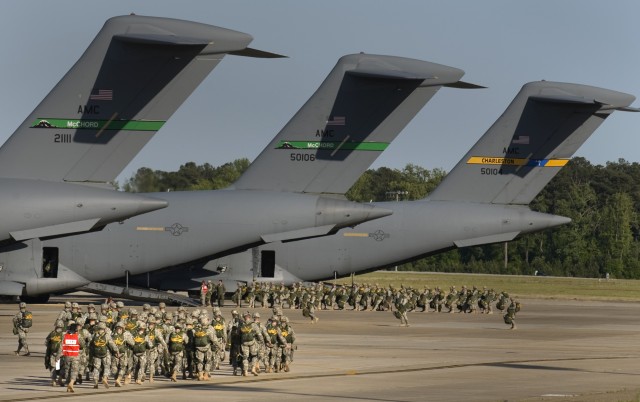
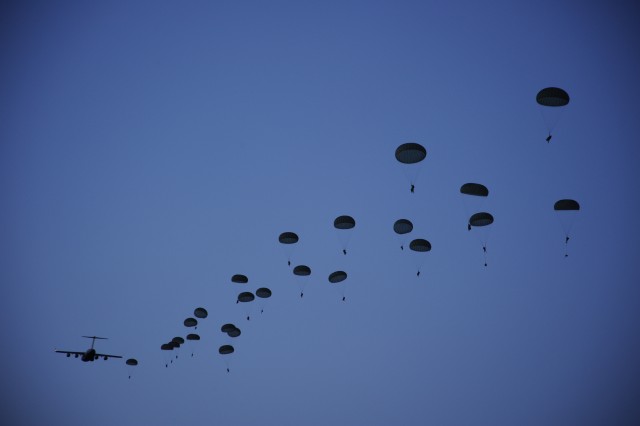
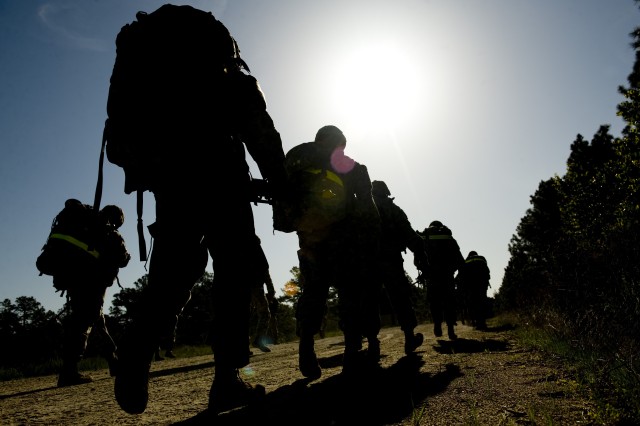
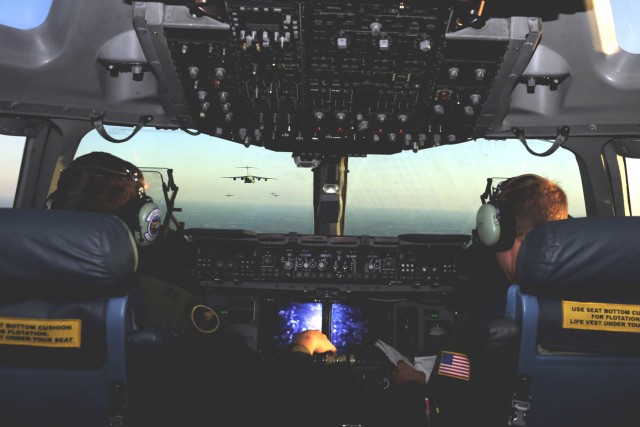
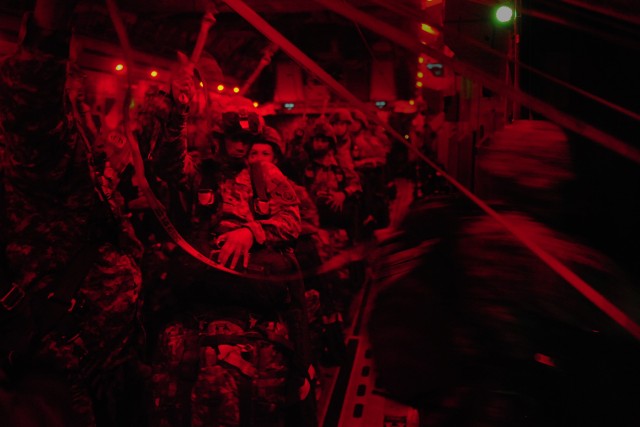
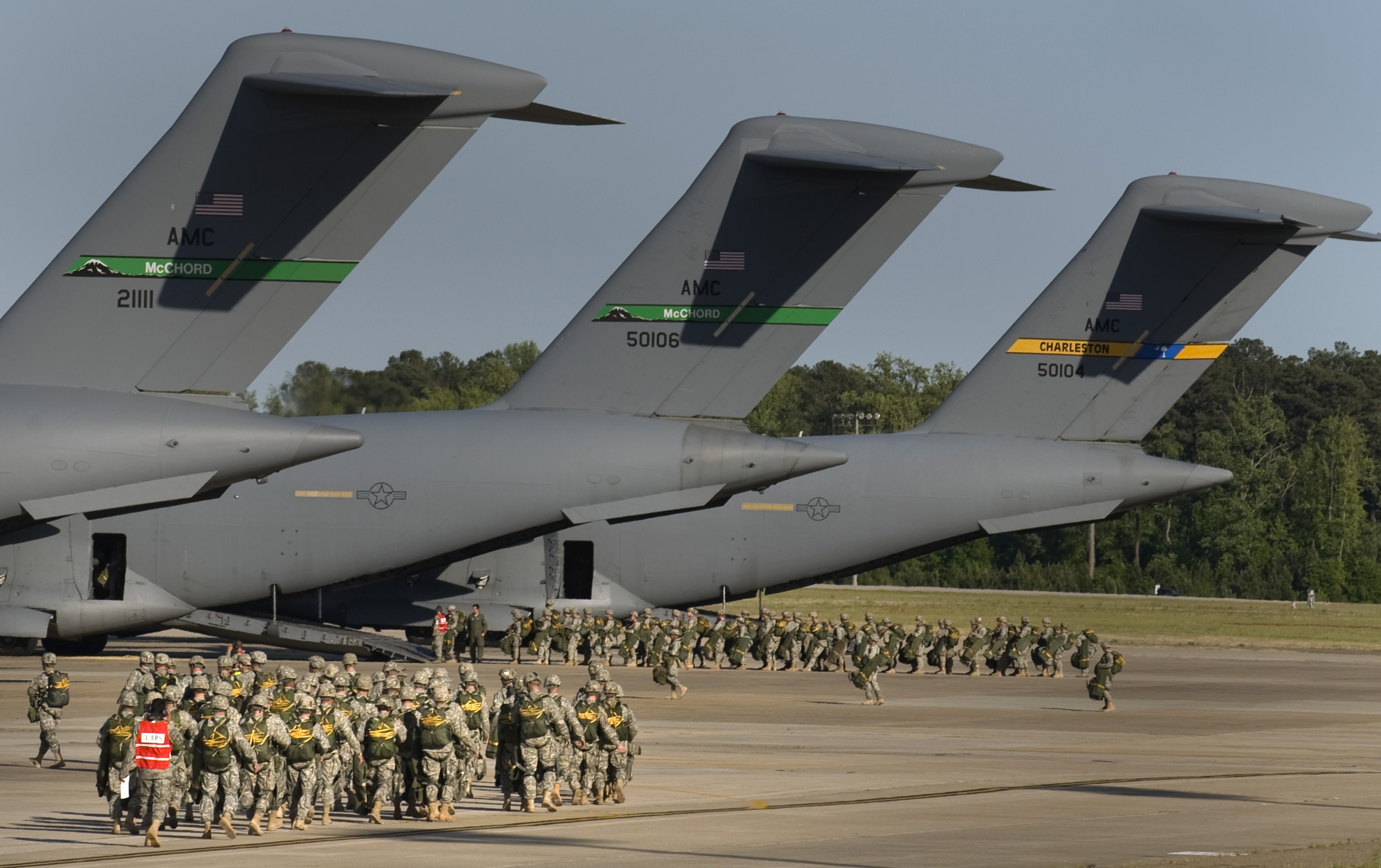



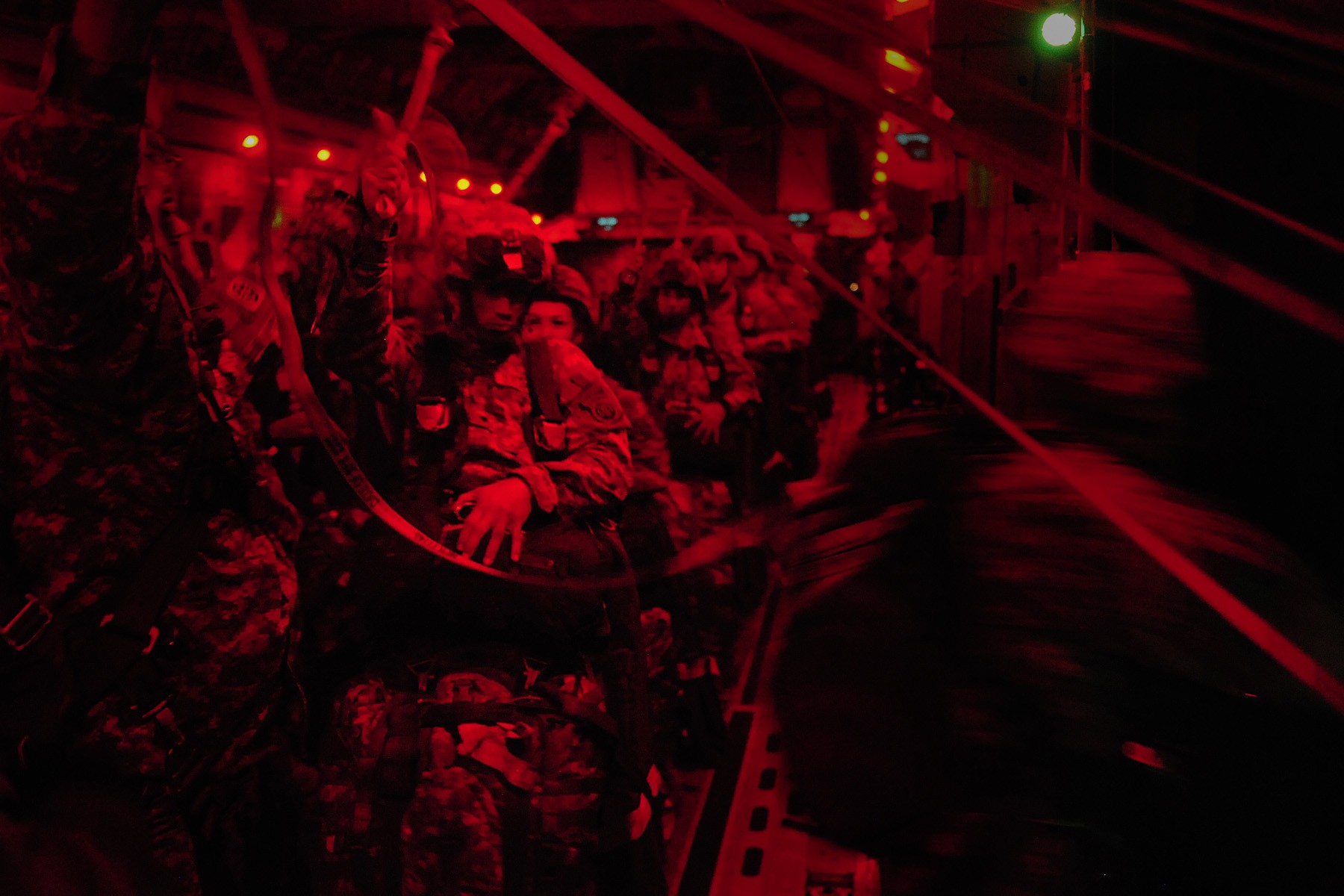
Social Sharing